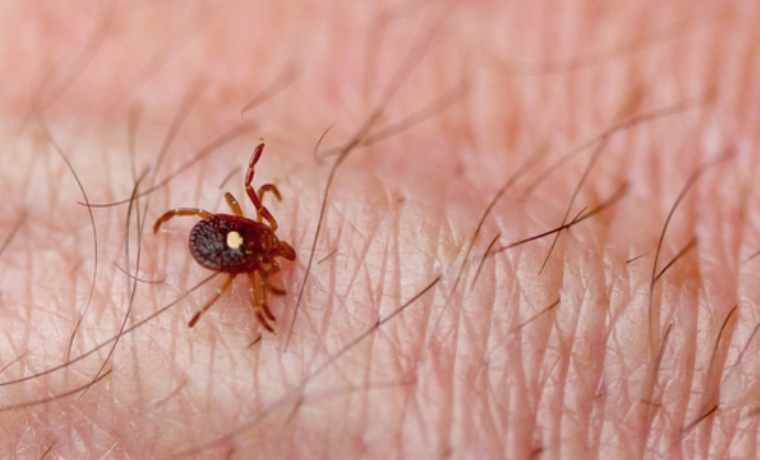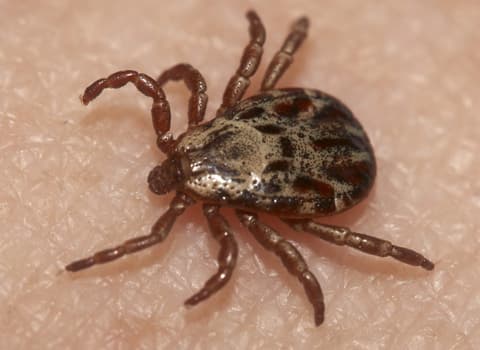

Again it waits for a host (usually a rodent) to brush by. Then it drops off and molts to the nymph stage, which has eight legs. It attaches to the animal and feeds for several days. The larva remains on the ground in leaf litter, or in low vegetation while waiting for a small mammal (usually a rodent) to brush by. The egg hatches into a larva, which has six legs.

The dog tick begins life as an egg, one of hundreds laid in a mass on the ground by a female tick. Parts of Cheshire, Sullivan, Grafton and northern Coos don’t have many. This species has now spread to every county in the state. It is a “threehost tick,” so named because it must find and feed on an animal three times to complete its two- year life cycle. It is about 1/8” (4-5mm) long, brown and tan, with an obvious mottled pattern of surface markings on the back (opposite the belly side). The American dog tick, Dermacentor variabilis, is the most frequently encountered tick in New Hampshire.
#TICK WITH WHITE DOT HOW TO#
This publication will help you learn what ticks look like, how they live, the diseases they spread, how to manage tick problems, and how to protect yourself from tick-borne diseases. Some can also transmit diseases to the people or pets they bite. Several species are important because they bite people and/or pets.

Therefore, this publication covers species of that group. Those of importance to hikers, campers, and pet owners are in the family Ixodidae. There are two families of ticks, the Ixodidae (hard ticks) and Argasidae (soft ticks).


 0 kommentar(er)
0 kommentar(er)
